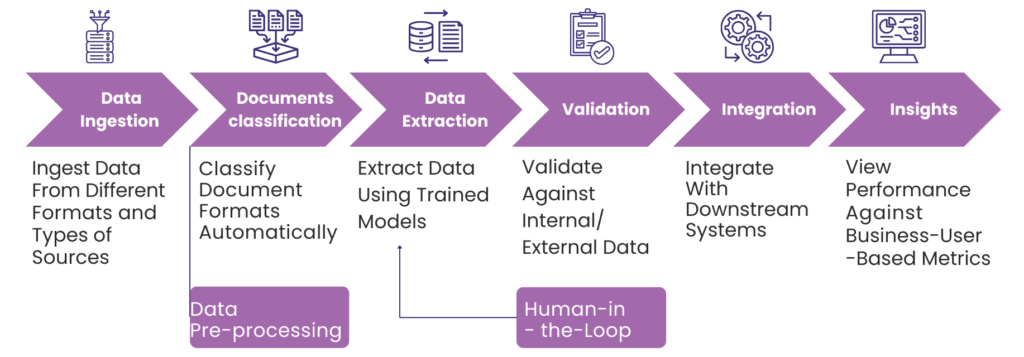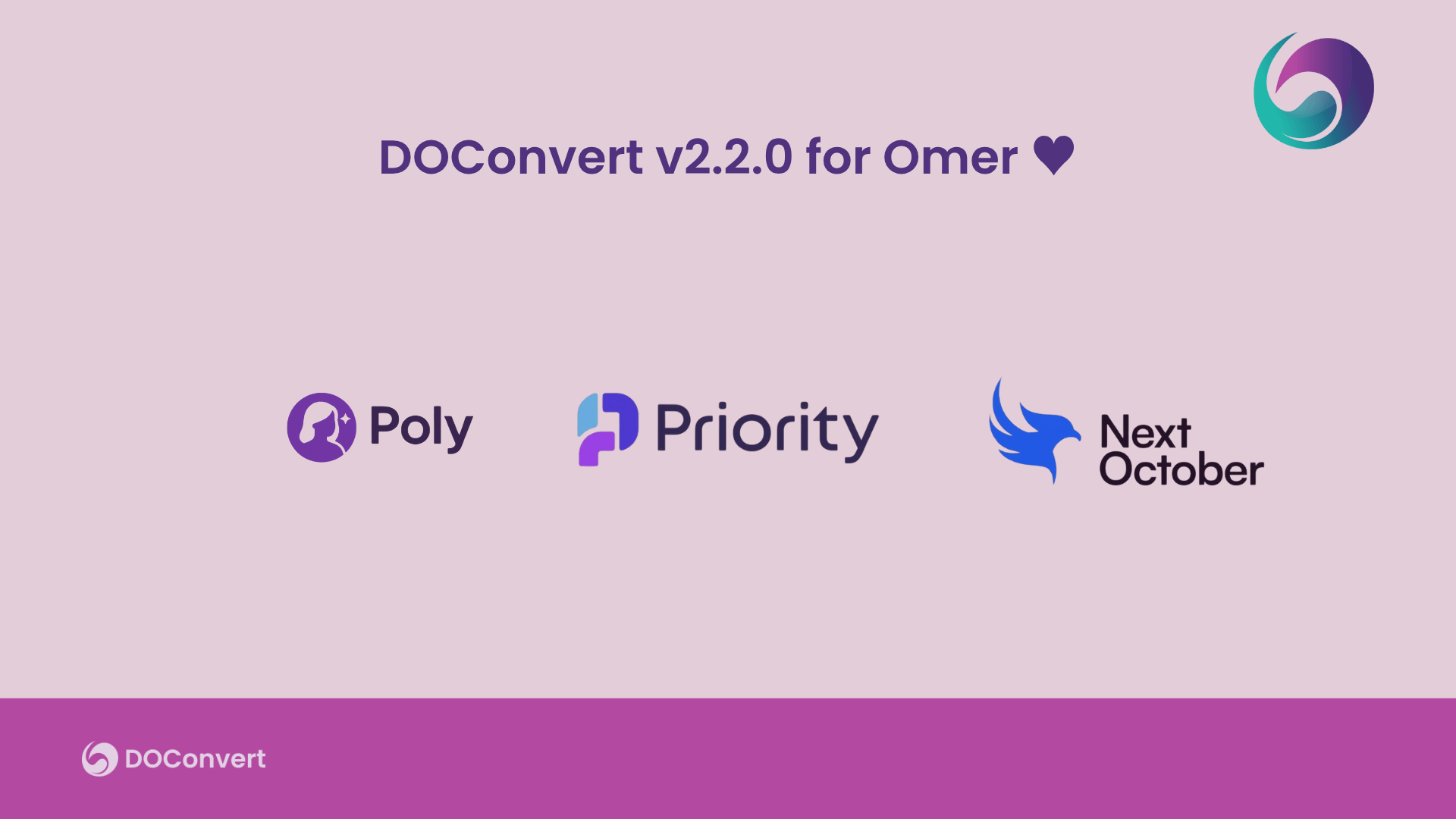In today’s fast-paced business environment, the promise of complete automation is compelling. The potential for increased efficiency, cost savings, and streamlined operations makes it an attractive option.
However, allowing technology to operate without any human oversight can lead to significant problems, especially when dealing with critical decisions and data in the supply chain. This is where the Human-in-the-Loop (HITL) approach becomes essential, ensuring that humans are involved at key junctures to guide operations effectively and maintain high accuracy.
The Risks of Fully Automated Systems without Validations
Relying entirely on technology for decision-making can be risky. Automated systems, while efficient, lack the flexibility and intuition of human judgment. They are designed to follow predefined rules and scenarios, and when unexpected situations arise, these systems may fail to adapt appropriately, leading to errors or inefficiencies.
For example, in procurement, an automated system might miscalculate total amounts due to an unusual invoice format, or in the import industry, it might incorrectly record quantities or SKU numbers due to data inconsistencies.
Quality control is another significant concern. Without human oversight, errors that slip through the automated processes can go unnoticed and might compound over time, leading to larger, more complex issues.
Critical decision points — moments where the right decision can significantly impact the outcome — are particularly vulnerable. Automated systems may lack the contextual understanding needed to make the best choices, potentially jeopardizing the entire operation.
The Solution: Human-in-the-Loop
The HITL approach integrates human intervention at critical points to mitigate these risks and ensure better outcomes. By combining the strengths of automation with human expertise, we can enhance both efficiency and accuracy.
At DOConvert, we have embraced this approach in our Intelligent Document Processing (IDP) to optimize supply chain operations and document handling processes. We implement several layers of validation before involving a human in the loop. These include numeric validation, and checking against translation tables for SKUs, addresses, and other critical data points. We also validate purchase order (PO) numbers when necessary.
By doing so, we ensure that human intervention is only required when absolutely necessary, recognizing that time is an important resource for everyone, and helping us to achieve 99% accuracy.
How Human-in-the-Loop Works at DOConvert
Our document processing automation workflow at DOConvert is a prime example of HITL in action. The process begins with data ingestion, where we gather data from various formats and sources.
This data is then pre-processed to prepare it for the next steps. During the document classification phase, our system automatically sorts documents into the correct categories. However, when the system encounters a document it cannot classify with high confidence, a human reviewer steps in to make the final decision.
This ensures that even the most complex or unusual documents are correctly categorized. See the full flow for your end-to-end automation with DOConvert

Next, in the data extraction phase, relevant data is extracted using trained models. If the extraction isn’t precise, We can choose to involve human experts to review and correct the data, ensuring accuracy. For instance, if an invoice has unusual formatting or contains ambiguous information, a human can quickly resolve the issue, something an automated system might struggle with.
Validation is another critical stage where human intervention proves invaluable. Extracted data is validated against internal and external standards. When validation checks fail, humans step in to review and correct discrepancies, maintaining data integrity. This step is crucial in scenarios where the data’s accuracy impacts downstream processes, such as financial reporting, procurement totals, or compliance checks.
Once validated, the data is seamlessly integrated with downstream systems during the integration phase.
Finally, we continuously monitor performance against business metrics in the insights phase, using these insights to improve our processes. Human oversight ensures that any anomalies or issues are promptly addressed, preventing potential problems from escalating.
Why HITL is Essential
The HITL approach is not just about adding a human touch; it’s about enhancing the overall process. Human intervention at critical points ensures that any anomalies or errors are caught and corrected promptly, boosting data accuracy. This is particularly important for critical data points such as total amounts in procurement, quantities, and SKU numbers in the import industry, where inaccuracies can lead to significant operational and financial impacts.
Humans provide the necessary flexibility to handle exceptions and unexpected situations that automated systems may not manage well. For example, if there is a sudden change in regulations affecting how documents should be processed, humans can quickly adapt and implement the necessary changes. This adaptability is crucial for maintaining smooth operations in a dynamic business environment.
Human oversight also acts as a quality assurance mechanism, ensuring that processed data meets the highest standards before being integrated into downstream systems. This additional layer of scrutiny helps maintain the integrity and reliability of the entire process.
We suggest you…
While automation significantly improves efficiency and streamlines processes, it is crucial to recognize the importance of human intervention at critical points. At DOConvert, our Human-in-the-Loop approach ensures that we maintain control over crucial decisions and critical data points, enhancing the overall reliability and effectiveness of our Intelligent Document Processing solutions. By pinpointing key moments where human expertise is necessary, we balance the power of technology with the critical thinking of human oversight, guiding our operations to the right place and ensuring the best possible outcomes.


